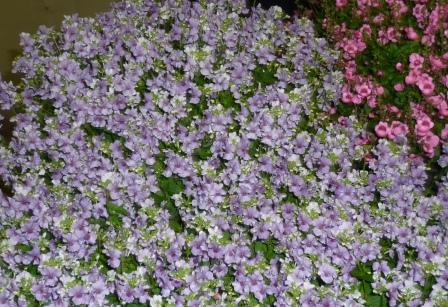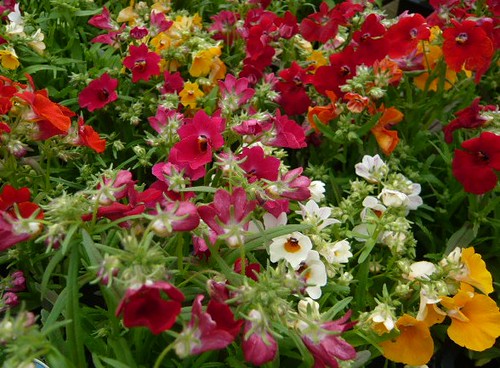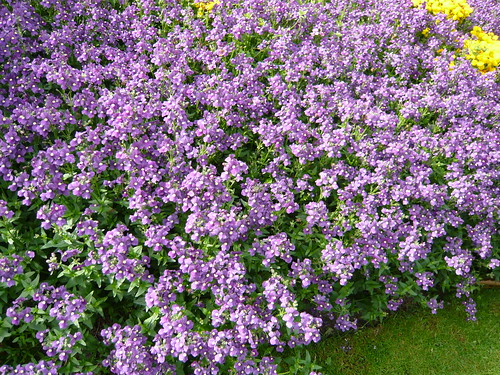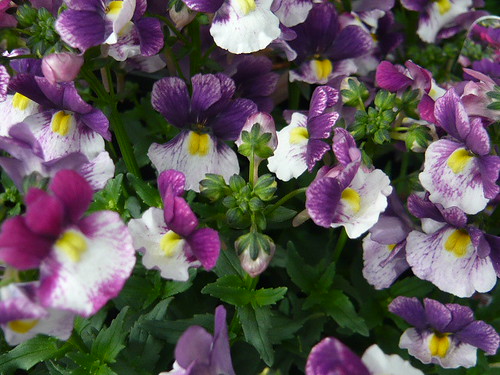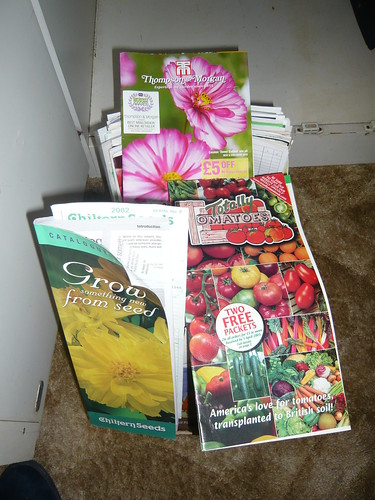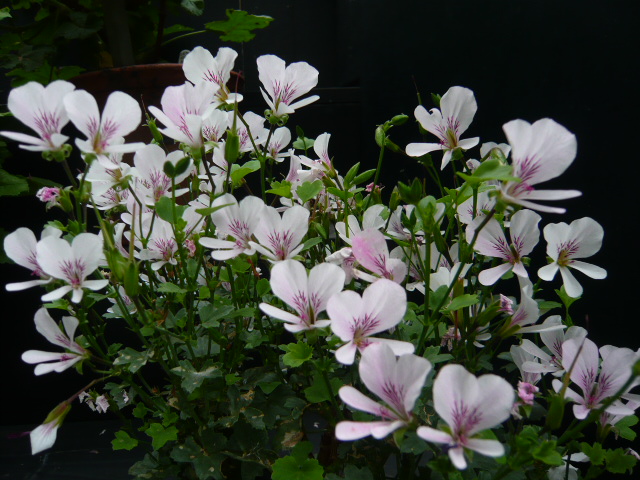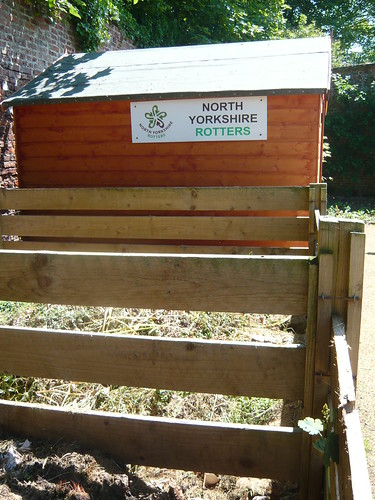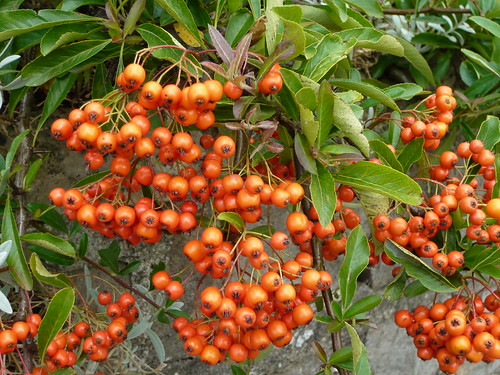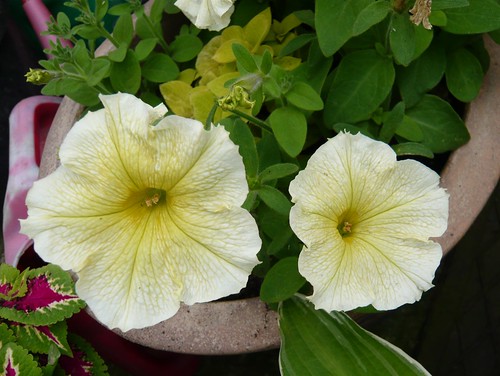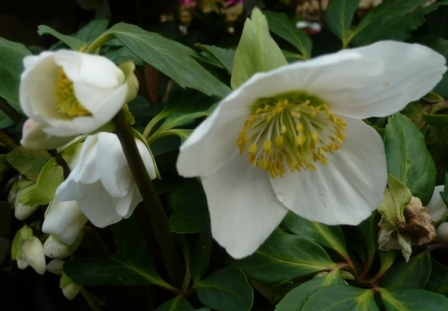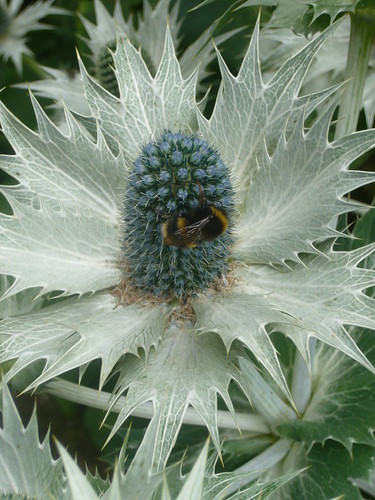Help Growing Nemesia from Seeds or Plugs
Nemesia are good flowers for rock gardens, containers or for use as a bedding and front of border plants. Surprisingly they also make a nice and useful cut flower.
Nemesia Culture
- Nemesias grow from 1 to 2 feet tall, with sparsely branched plants. They grow erect, with the flowers carried in large clusters at the top.
- Nemesia are available in a wide color range, including yellow, orange, brown, pink, red, and lavender-blue.
- Thompson & Morgan seed selection
- Nemesia are half hard annuals you can sow now or buy as mini-plugs in May.
Growing Nemesia from Seed
- Sow seeds indoors 4 to 6 weeks before the last frost date.
- Seeds germinate in 7 to 14 days at 55 to 70 º.
- In areas with cool, dry summers, seeds can be sown outdoors as soon as the ground begins to warm
- Nemesias like fertile, well-drained soil and prefer full sun for flowering but cool evenings.
- Nemesia will tolerate partial shade.
- Transplant seedlings 6 inches apart after the last frost date.
- Pinching the tips of seedlings increases branching.
- Nemesia are useful for edgings, in rock gardens, walls, and for borders.
- They are splendid container plants and make good cut flowers.
Nemesia Varieties.
- There are three main species Nemesia caerulea, Nemesia foetens, Nemesia fruticans
- Nemesia Masquerade are extraordinary with coconut-scented blooms! An unusual variety with exotic-looking yellow-and-white blooms. Plants are easy to grow, ideal for beds or containers and will bloom 12″ tall right up to first frosts.
- Nemesia denticula Confetti or Celebration are popular tender perennials distinct from their half-hardy annual relatives producing lots of attractive flowers throughout the summer. The plants prefer moist but loose sandy soil. Extra watering may be needed in a dry season. They look equally good planted in the border where they are good for planting at the front.
- Fire King is a scarlet-flowered variety. St. George is white and deep red bicolor.
- Nemesia versicolor is a similar, more compact species. It has a variety of colors including truer blues. Blue Gem is a very compact variety growing to 10 inches high with blue flowers. Nemesia caerulea (below) is available in true blue, lavender, and white.
- I also like the Nemesia Tapestry or the blue and white KLM series from Thompson & Morgan
Nemesia Blue Button is one of the many series of low growing plants you can buy as plug plants right now. A delicately scented species of Nemesia caerulea with vivid bluey-mauve flowers standing out against its dark green foliage. A compact but spreading habit makes it ideal for bedding, rockeries and containers.
Frothy coloured annual Nemesia is available as plug plants now or seeds for winter sowing.
The range of vibrant colours is increasing all the time as a result of selection and breeding.
Nemesia can be used in beds, borders or to brighten up the garden in tubs, planters, on the patio or even as a windowsill pot plant.
My Nemesia Tips
- Nemesia grows 10″ high on unassuming plants
- The flowers start blooming in June and last through August. Try the self colour varieties.
- Sow seeds late winter to mid spring at 55-60F in a good seed compost on the surface of compost and gently firm down.
- Keep soil damp but not wet. Do not exclude light and do not let the soil temperature become too high
- Germination usually takes 7-21 days.
- Transplant seedlings in to 3″ pots as soon as they are large enough to handle.
- Gradually acclimatise to outdoor conditions for 10-15 days before planting out in a sunny spot after all risk of frost has gone
- Plant close together for a mass of colour
Different Nemesia
Nemesia strumosa ‘Carnival’ offers a wide range of colours whilst Mello is a red and white variety.
Nemesia strumosa KLM is a blue and white flower shown below.
Nemesia cheiranthus Shooting Stars has a bright yellow and white flower with a branching habit and coconut fragrance.
